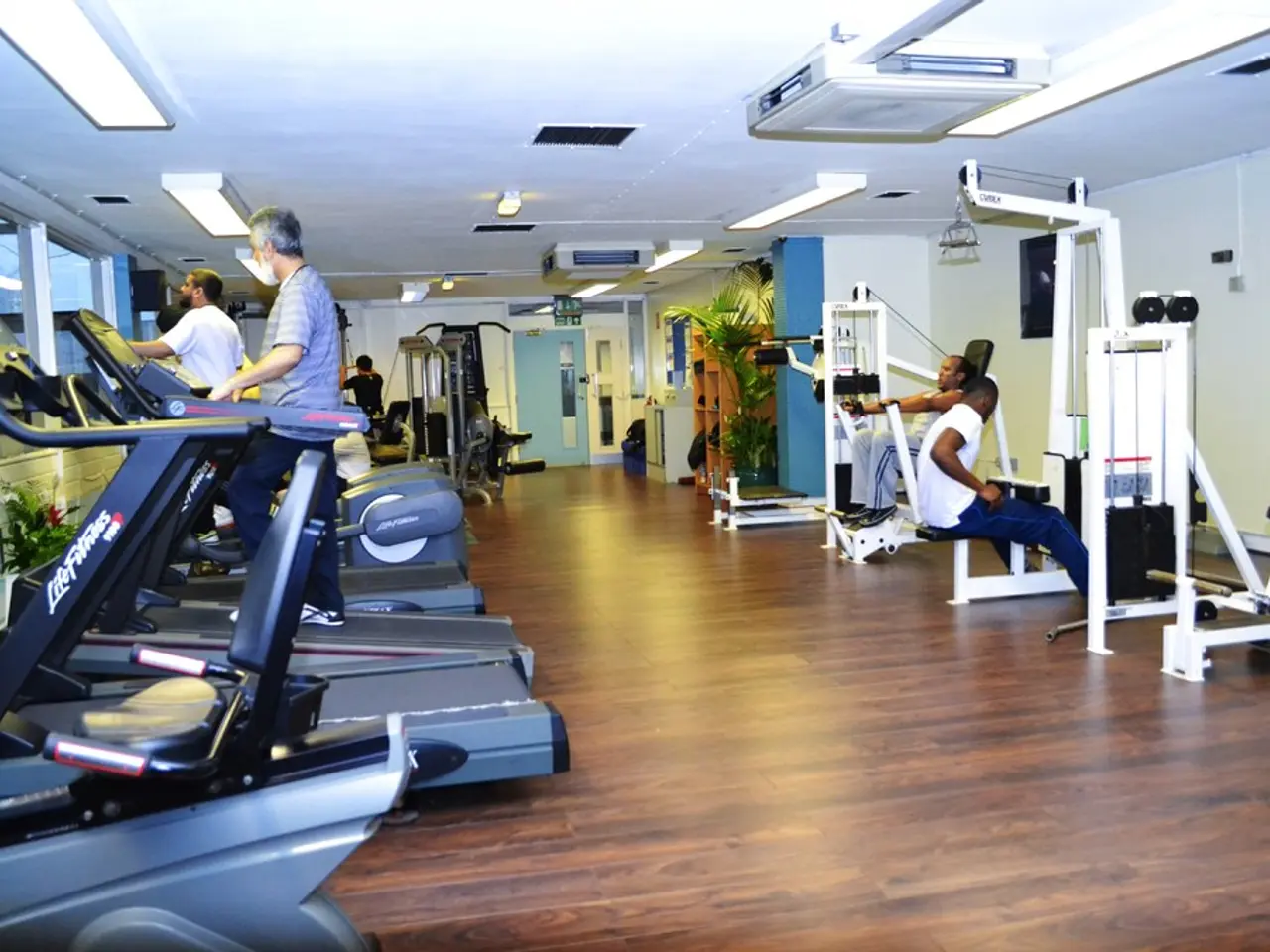Strengthen Your Core, Legs, and Arms with Ease: Try the Variation of Reverse Plank Exercise Instead of Traditional Sit Ups
The reverse plank variation, a lesser-known yet incredibly valuable move, is gaining popularity among fitness enthusiasts and personal trainers alike. This bodyweight exercise offers numerous benefits, making it a valuable addition to any workout routine.
A Versatile and Accessible Exercise
Requiring no equipment and suitable for beginners to modify, the reverse plank variation is an accessible and versatile exercise. Unlike traditional planks, in the reverse plank variation, you face up toward the ceiling. This simple change makes it easier for beginners to maintain good form while still challenging more advanced individuals.
Improving Posture and Alignment
The reverse plank variation is hailed as even more effective than a standard plank due to its ability to open up the chest and shoulders, improving posture and spinal alignment. By engaging the core in a functional way, it helps to improve overall stability and reduce the risk of lower back pain.
Targeting Multiple Muscle Groups
This exercise challenges the anterior chain, including the core, quads, hip flexors, and pectorals, as well as the posterior chain, including glutes, hamstrings, lower back, triceps, and rear shoulders. This full-body activation makes the reverse plank variation one of the simplest and most effective exercises for strengthening your entire body.
Progressing and Modifying the Exercise
For those looking to increase the challenge, there are various ways to progress the reverse plank variation. These include trying a single-leg reverse plank, adding light pulses at the top, or lifting on fingertips instead of palms. For beginners, simpler variations like glute bridges can be used to build up strength and confidence before moving on to the full reverse plank.
Safety Considerations
While the reverse plank variation is beneficial for most people, those with wrist or shoulder issues should avoid it. Pregnant women or those in the early postpartum period may also want to avoid reverse planks due to concerns about core pressure and positioning. It is recommended to perform reverse planks around two to three times a week, holding the position for around 10 seconds, with the aim of improving upper body endurance over time.
The Benefits of Good Form
Good form is crucial when performing a reverse plank variation. With a focus on keeping the chest open, shoulders down, and avoiding sagging hips or overarching the back, you can ensure you are getting the most out of this exercise. By maintaining proper form, you not only improve your posture but also reduce the risk of injury.
The Power of Reverse Planning
Interestingly, the template of reverse planning, a method where the planning process starts from the end goal and works backward to determine the necessary steps to achieve that goal, can be applied to the reverse plank variation. By setting a goal of improved posture, alignment, and overall strength, you can work backward to include the reverse plank variation in your workout routine.
In conclusion, the reverse plank variation is a valuable addition to any fitness routine. Its versatility, accessibility, and full-body activation make it a must-try exercise for anyone looking to improve their strength, posture, and overall health.
Read also:
- Peptide YY (PYY): Exploring its Role in Appetite Suppression, Intestinal Health, and Cognitive Links
- Toddler Health: Rotavirus Signs, Origins, and Potential Complications
- Digestive issues and heart discomfort: Root causes and associated health conditions
- House Infernos: Deadly Hazards Surpassing the Flames








